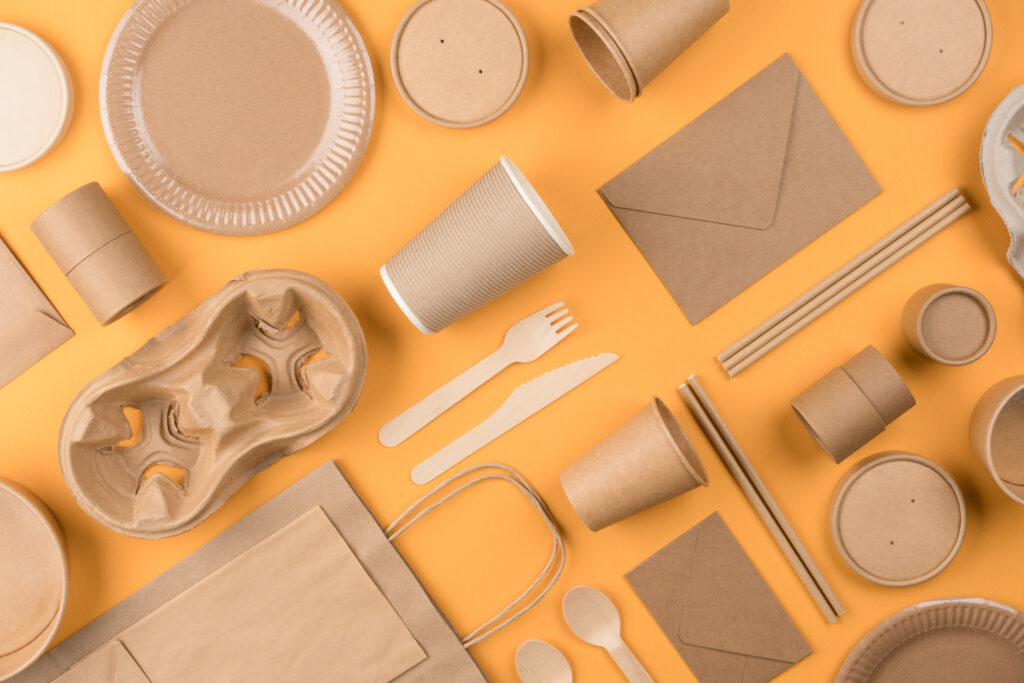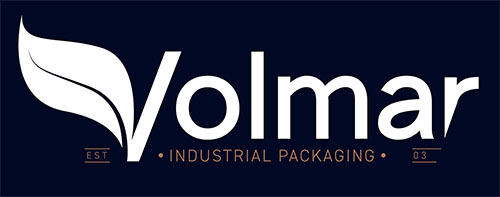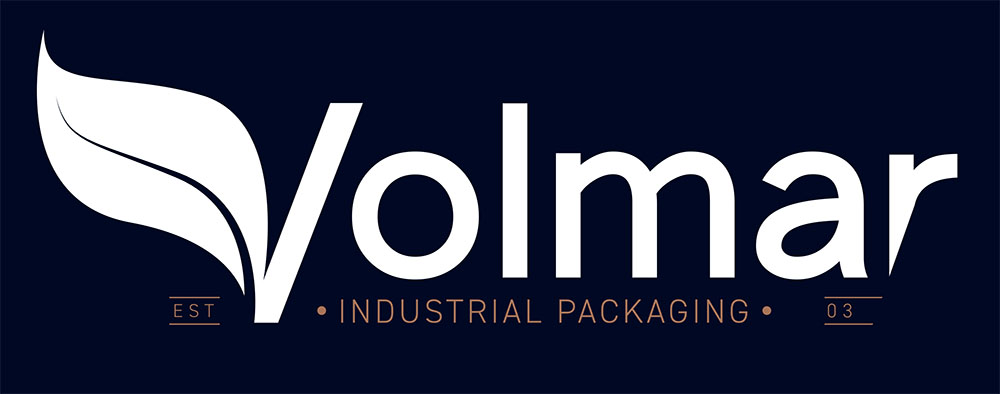
The environmental impact of products is becoming an increasingly relevant issue in the food industry – one that can influence consumers’ choices. Therefore, it’s important to consider using recyclable packaging with a lower carbon footprint.
However, choosing recyclable packaging must not compromise the primary function of the packaging, so it must still preserve the product properly and guarantee it has an adequate shelf life. Let’s see the characteristics of effective recyclable packaging to help companies create efficient, eco-friendly packaging.
Sustainable and recyclable packaging worldwide: the figures
The main requirement for packaging to be sustainable is that it must be recyclable, so the materials can be reused in other production processes. For example, as well as paper and cardboard packaging, the majority of plastic packaging can be separated and recycled, including:
- Polyethylene terephthalate (PET);
- High-density polyethylene (HDPE);
- Polyvinyl chloride (PVC);
- Polypropylene (PP);
- Polystyrene (PS);
- Polylactic acid (PLA).
As well as being recyclable, some materials are also biodegradable, when they can decompose by 90% within 6 months when broken down by bacteria and microorganisms. There are also materials that are both biodegradable and compostable, meaning they can decompose within 3 months and become compost through industrial composting processes, such as some bioplastics like PLA, which are used to make compostable packaging.
According to a Market Watch report, the green packaging sector could grow by 60% by 2028 and reach a market value of 413 billion. According to the European Consumer Packaging Perceptions study, 75% of European consumers prefer eco-friendly packaging, with a growing number of people consciously choosing products with packaging that has a low environmental impact.
In Italy, the use of eco-friendly packaging is still limited and only 6.2% of packaging is fully recyclable. However, according to the GS1 Italy Observatory, the percentage of sustainable packaging is set to increase. It is expected to more than double in the coming years, given that over half of Italian consumers are prepared to pay more for more sustainable product packaging.
Recyclable packaging trends
Trends in recyclable food packaging reveal that consumers are more conscious of the environment, which companies must take into account if they want to remain competitive. They should also keep in mind the stricter national and European legislation, as political decision makers commit to reducing the ecological footprint of products.
According to a survey conducted by Ipsos, in Germany 77% of consumers would buy products with less packaging, and more than 6 out of 10 people would be prepared to change their buying habits. According to the GS1 Observatory, this trend also exists in Italy, with a 5% increase in sales of products that tell consumers how to dispose of the packaging after use clearly on the label.
Based on a survey by Pro Carton, the European association of carton and cartonboard manufacturers, one of the main characteristics considered when choosing a product is how easy the packaging is to recycle. Half of Italian consumers are prepared to use a different product or brand if the packaging is not recyclable, while 27% would pay 5 to 10% more for a more sustainable product.
Of course, using innovative eco-friendly packaging can be costly; however, there is some cheap eco-friendly packaging available at increasingly competitive prices. Companies should also consider optimizing the packaging, for example reducing the weight or reducing the amount of secondary and tertiary packaging, as well as keeping in mind the lower cost of environmental contributions for recyclable packaging compared to non-recyclable packaging.
Tips to create the perfect recyclable packaging
To create recyclable and sustainable packaging, it’s important to choose the right materials to ensure it is certified as recyclable. As the main problem with recycling is when packaging is made with various materials that are hard to separate after use, an effective solution is recyclable single-polymer packaging.
Attention should also be paid to the packaging design, in order to optimize food packaging to reduce its environmental impact without compromising the food’s shelf life. Another aspect that should not be overlooked is communication with consumers, using both the packaging and the food label to provide all the necessary information about what to do with the packaging after consumption.
Volmar Packaging supports companies with a strong commitment to environmental sustainability, offering innovative and reliable solutions for eco-friendly food packaging. Our range of products includes eco-friendly packaging that is recyclable, biodegradable and compostable and we provide a 360-degree service to meet all needs and applications.
We offer certified structures compliant with European regulations, including thermoformed barrier paper, packaging made with high-barrier polyester (Mono APET), PLA, Mater-Bi or cellulose derivatives, including high-barrier versions. We supply professional products that ensure an optimal barrier effect and preserve a food’s nutritional and organoleptic properties, simultaneously reducing the ecological footprint and making products more competitive.

